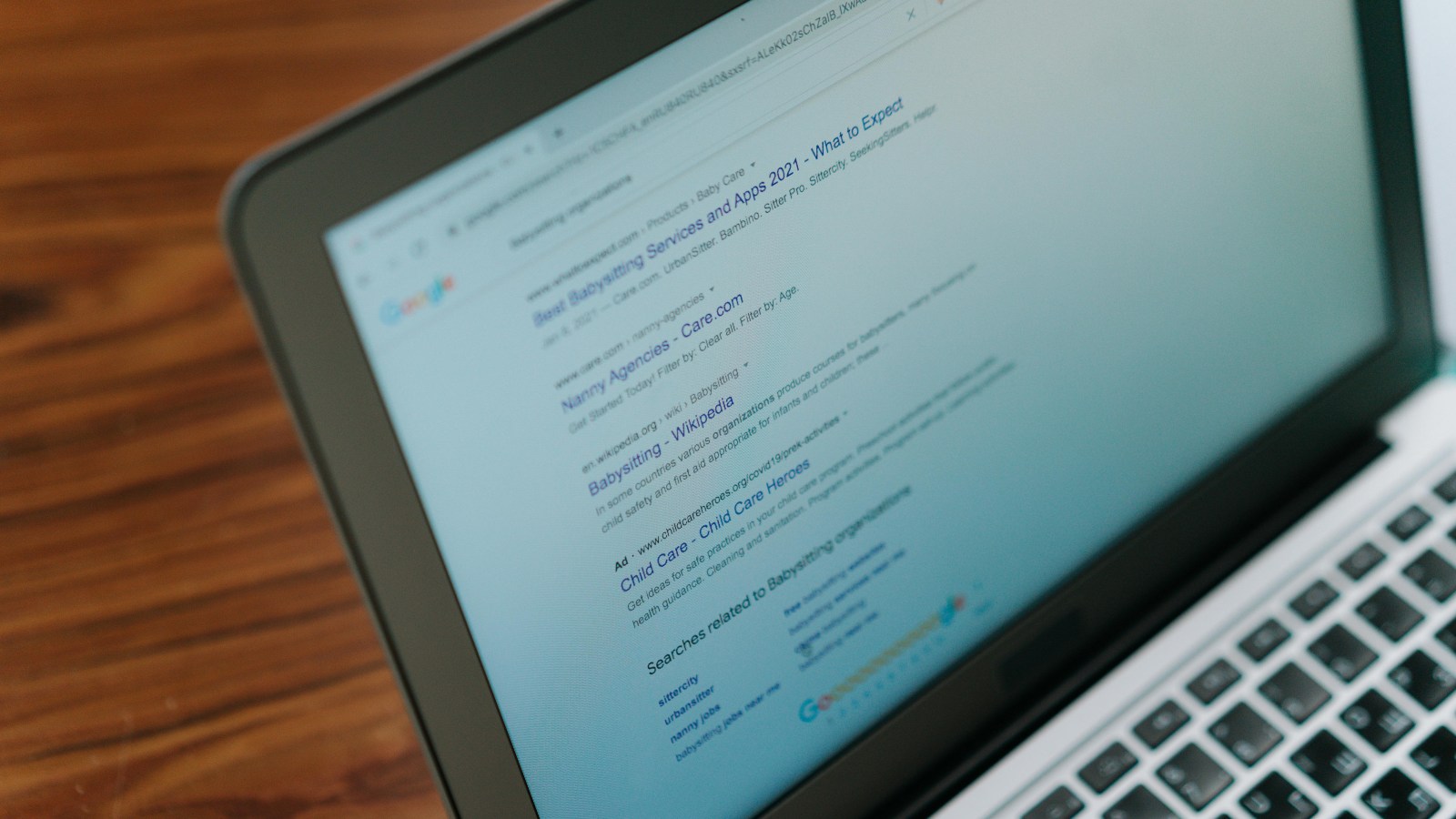
Step-by-Step Guide to Building a Portfolio as a Freelance Translator
So, you have decided to become a freelance translator. By now, it is probably obvious that having a strong portfolio is crucial in starting a career as a freelance translator. Whether you are a beginner or later on in your freelancing journey, having an up-to-date portfolio with relevant sample projects is always a major factor in ensuring your success.
There are tons of project types that you can put in your translator portfolio, be it subtitle translation, comic translation, song translation, and many others. Step one in building a relevant and strong translation portfolio is to pick your niche and stick to it. This is not to say that you cannot switch niches, of course you can—however, picking one and sticking to it helps in deciding what projects to put in your portfolio, which gives potential clients a clearer picture of your skills.
When you are just starting out, including various forms of translation projects in your portfolio can be beneficial. It shows that you are versatile and a strong learner. From there, you can consider factors such as learning curves and the kinds of clients you seek before deciding which niche to focus on. But what does a translator's portfolio look like? What projects to put, and how to make it stand out? This article goes into all those questions and more.
Pick Your Niche
One of the best strategies to keep your translator portfolio relevant and competitive is to make it targeted. By choosing one translation niche, be it subtitles, fiction, legal documents, or many others, and choosing relevant projects that truly highlight your translation skills, your portfolio will be more targeted and stand out. Make sure to put your language pairs front and center, which is one of the first things clients look for.
As a freelance translator newbie, you can pick one niche and build your portfolio accordingly. As your clientele and skills grow, you can start expanding to other niches and then build mini-portfolios for each niche. This helps with segmentation and does not overwhelm potential clients, highlighting your relevant skills in accordance with what your clients look for.
Choose Relevant Projects

Once you have picked your niche, start listing previous projects under that niche to put in your portfolio. Less is more in this context. Avoid putting all previous projects in your chosen niche in your portfolio, as this will easily confuse potential clients. Pick previous projects that demonstrate your translation skills in your listed language pair(s), such as ones that you found challenging or ones that highlight your skills and areas of specialization.
Diversity is also a factor in choosing which projects to put. Although you are focusing on one niche, there are always various kinds of projects under that niche. For example, if you are focusing on translating legal documents, you can include translated bank documents, contracts, court documents, and more. If you have no previous projects for clients, you can always create dummy projects to showcase your translation skills. Choose a public court document, for example, translate it, and put it in your portfolio. As long as your listed projects, whether paid or dummy, showcase your skills, you are on the right track.
Read Also: Freelance Translation Jobs: How to Stand Out in a Competitive Market
Put Testimonials, References, Certifications
Other than letting your projects speak for your skills, utilizing testimonials, references, and certifications is also a good way to showcase your translation expertise. These are not mandatory to have in your portfolio, though it is nice to have. If you have taken any courses or translation bootcamps before, putting the certificate in your portfolio can help add credibility.
Testimonials and references, on the other hand, speak more of your workflow and dedication than your skills. Words from happy clients often speak louder than your own, as potential clients trust them more. You can use testimonials from your colleagues and mentors, other than from your clients. Be sure to include their names, titles, and connection to you to give proper context to potential clients. Testimonials, references, and certifications should highlight not only your translation skills but also your work ethic, dedication, and overall credibility. Clients love trusted and reliable freelancers.
Focus on Design

So far, you have curated the content of your portfolio, from projects to certifications. While the content itself is crucial, how you design it in your portfolio also matters. Your portfolio design holds the potential clients’ first impression of you, and it is important to hook them in at first glance. A professional, simple, easy-to-read look is usually the go-to for portfolios (also resumes).
Portfolios can come in various forms, but using a website portfolio is one of the best ways. It allows you to put various formats (your resume, projects, certifications, etc.) in one place for easy access. There are a handful of free website platforms, but investing in one allows you to put a lot more items. WordPress, Wix, or Journo Portfolio are some examples that are easily customizable.
Design consistency is crucial, such as using the same font, color, and size throughout to keep a professional and clean look. Most of the time, website platforms allow the display to be both PC and mobile-friendly, so make sure to utilize that feature since some potential clients might access your portfolio on their mobile phones. The bottom line is, make sure your portfolio design is clean, easy to access, and intentional. Each item in your portfolio stands for something about your translation skills.
Read Also: Localization Strategy: The Key to Reach Successful Global Growth
About You
This section in your portfolio is as important as your resume. The ‘About You’ section should include your language pairs, niche, years of experience, and even include a rate card, and your terms and conditions. Contact details should also be included in this section so that potential clients can dive into discussions with you directly. Everything should be packaged in a clean, to-the-point, and easy-to-read style.
Letting your past projects speak for your skills is crucial, but getting a word or two from yourself is just as important. Potential clients might want to know the kind of professional you are, and they can get an idea through this section of your portfolio. The kinds of information you put here can show them how long you have been in the industry, which adds to their consideration of your skills and rate card. Remember to keep it direct and update the information regularly.
Put It Out There

You have now reached the final step of creating a freelance translator portfolio. Congratulations! Once you put all your past projects and relevant information in, it is time to launch it to the world. This is where using an online or website portfolio is useful – simply put your portfolio link on your socials, such as your LinkedIn profile and resume. With one simple click, people can easily find all the necessary information about your services.
Putting yourself out there on the Internet is the best way to reach a wide range of clients. People might want to do a quick Google search on you before deciding to work with you, and an online portfolio is a big win that can catch their eye. Remember, though, to include only direct and relevant information to your freelancing work on your portfolio, especially since once it is out there, it is there forever.
Conclusion
Diving into the world of freelance translation is both fun and daunting. Hopefully, this simple guide to creating your portfolio gives you a clearer idea of how to start. Everyone starts somewhere, so do not be afraid to make that step. Choose relevant projects and information related to your services, package it neatly and directly, put it out there, and you have made your first step.
Make sure to update your resume and portfolio regularly as you gain more experience and projects, as it will widen your clientele and hence increase opportunities that might fall into your lap. Keep learning and putting in the effort, and soon, you will hit the ground running.
Ready to build a standout freelance translator portfolio with expert guidance? Visit https://digital-trans.asia/ to learn more about our services. Contact us today to get started!